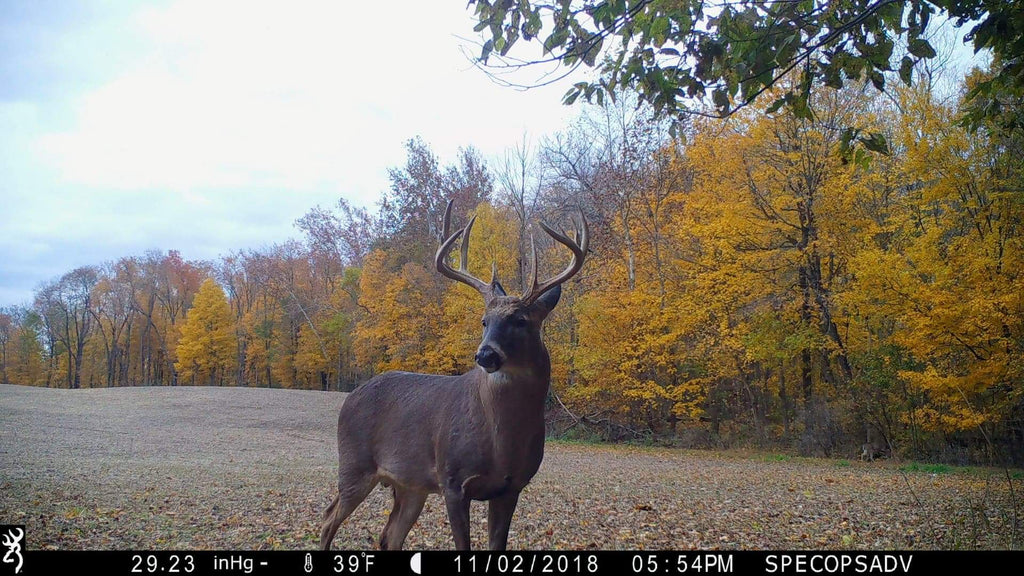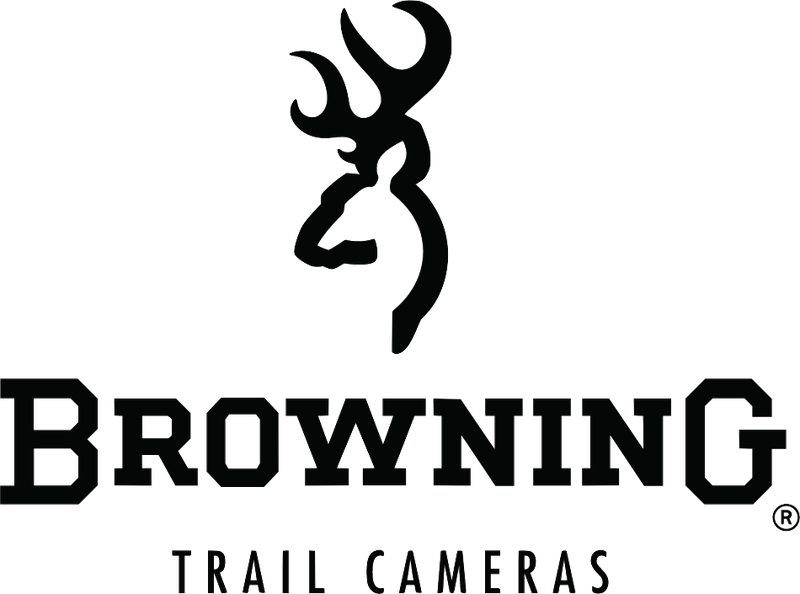Scouting with Trail Cameras Made Simple

Fall is here, and with it comes the start of peak hunting and scouting season. Whether you are hanging stands, checking food plots, or keeping tabs on the wildlife that moves through your property, now is the time to get your scouting strategy dialed in. Trail cameras make that process easier and more effective than ever.
In this guide, we will cover how to set up your cameras for the best results, the features you should prioritize when buying, and how to put the data you capture to work.
Why Trail Cameras Are Essential for Scouting
Trail cameras capture photos and videos the moment motion is detected, letting you see what is really happening on your land. They are unobtrusive tools that reduce the chance of spooking animals while collecting long-term data that you can use to make smarter decisions.
Browning Trail Cameras Offer:
● Low-Glow and No-Glow options for clear night shots
● Fast trigger speeds to catch even quick movements
● Long-lasting batteries for season-long use
With this technology, you can track movement patterns, identify high traffic zones, and plan hunts or management efforts with confidence.

Key Features to Look for in a Scouting Camera
When choosing a trail camera, focus on the features that provide the most reliable data:
-
High Resolution (22 MP or more)
Clear, detailed images are crucial for identifying species and understanding movement.
-
Adjustable Trigger Speed (no slower than 0.5 seconds)
An adjustable trigger speed lets you tailor your setup to different environments.
-
Long Battery Life
Essential for long-term deployment without frequent check-ins.
-
Adjustable Motion Sensitivity
Capture both close and distant wildlife while avoiding empty triggers.
-
No Glow or Low Glow Infrared
Stay undetected while capturing nighttime activity.

Setting Up Trail Cameras for Scouting Success
Your placement and setup matter just as much as the camera itself. Follow these best practices:
● Choose high traffic areas such as game trails, food sources, water holes, and natural funnels
● Position at the right height, around 3 to 4 feet for deer or lower for smaller game
● Clear obstructions such as branches or tall grass that may cause false triggers
● Use burst mode to capture multiple images quickly for better insights on movement
Putting Scouting Data to Work
The real value of trail cameras comes when you use the data:
● Track movement patterns to learn when and where deer move most often
● Monitor herd health to keep an eye on population size, antler growth, and predator activity
● Evaluate land management to see which food plots, habitat improvements, or water sources are paying off
Best Trail Cameras for Scouting
If you are ready to step up your scouting game, here are some top-performing options from Browning Trail Cameras:
Defender Vision Pro Livestream
Stream real-time 1080p video straight to your phone. Perfect for live monitoring and instant updates with stunning 46 MP photos and GPS tagging.
Packed with AI recognition and long-range infrared, this camera delivers fast, reliable data for serious hunters and managers.
Reliable and easy to use, it runs on 8 AA batteries and supports up to 512GB SDXC cards, giving you the storage and stamina to stay in the field longer.
Trail cameras take the guesswork out of scouting. By choosing the right model and setting it up strategically, you will gather the data you need to hunt smarter, manage land better, and understand wildlife activity on your property.
Start your scouting season strong with Browning Trail Cameras and make every sit, every season, and every acre count.
